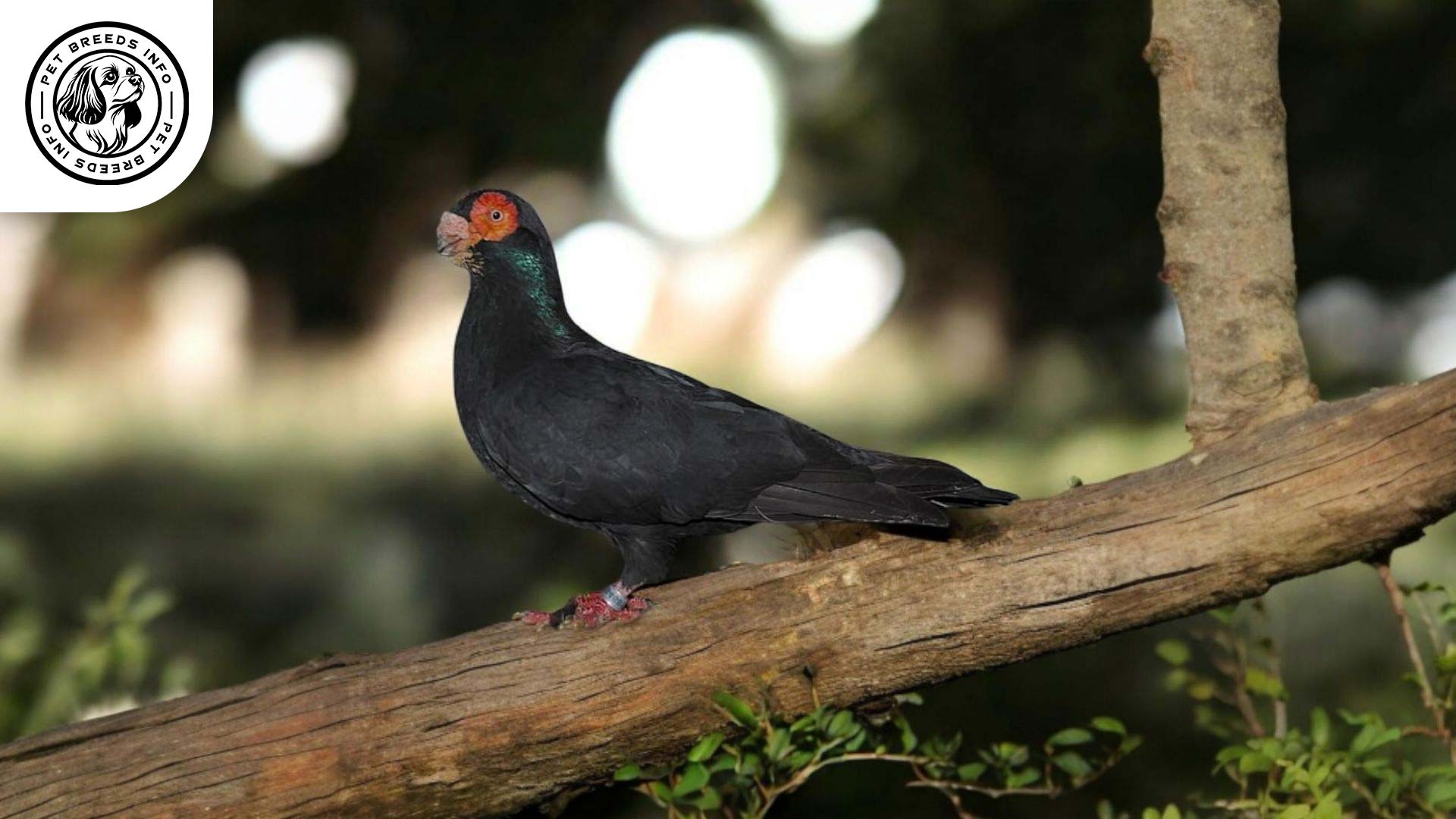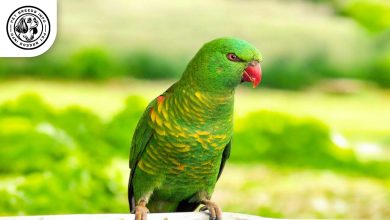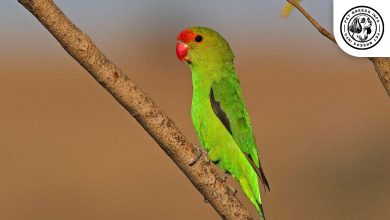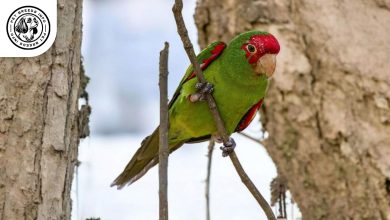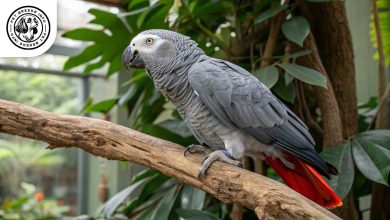Barb Pigeon Breed: Personality, Lifespan, Food & Care
General Introduction of the Breed
The Barb Pigeon, also known simply as “Barb,” is a domesticated pigeon breed with a rich history. It is believed to have originated in North Africa and was later developed further in England and other parts of Europe.
This breed has been admired for centuries, with early references in literature dating back to the 1600s. Over time, selective breeding has refined its distinctive physical characteristics, making it a favored bird among pigeon fanciers.
Table of Contents
| Common Name | Barb Pigeon |
| Scientific Name | Columba livia domestica |
| Origin | North Africa, developed in Europe |
| Size | Medium |
| Lifespan | 7–10 years |
| Colors | Black, red, yellow, blue, dun |
| Talking Ability | None |
| Noise Level | Low |
| Social Behavior | Friendly, social, bonds easily |
Physical Characteristics
The Barb Pigeon is a medium-sized breed with a stout and compact body. Males and females are similar in size, with an average weight of around 350 to 450 grams.
One of the most distinctive features of this breed is its short, broad beak and the prominent, fleshy wattle covering the upper beak. The eyes are large and typically a deep reddish-orange color, surrounded by a pronounced cere.
Barb Pigeons come in various colors, including black, red, yellow, blue, and dun. Their feathers are smooth and glossy, giving them a striking appearance.
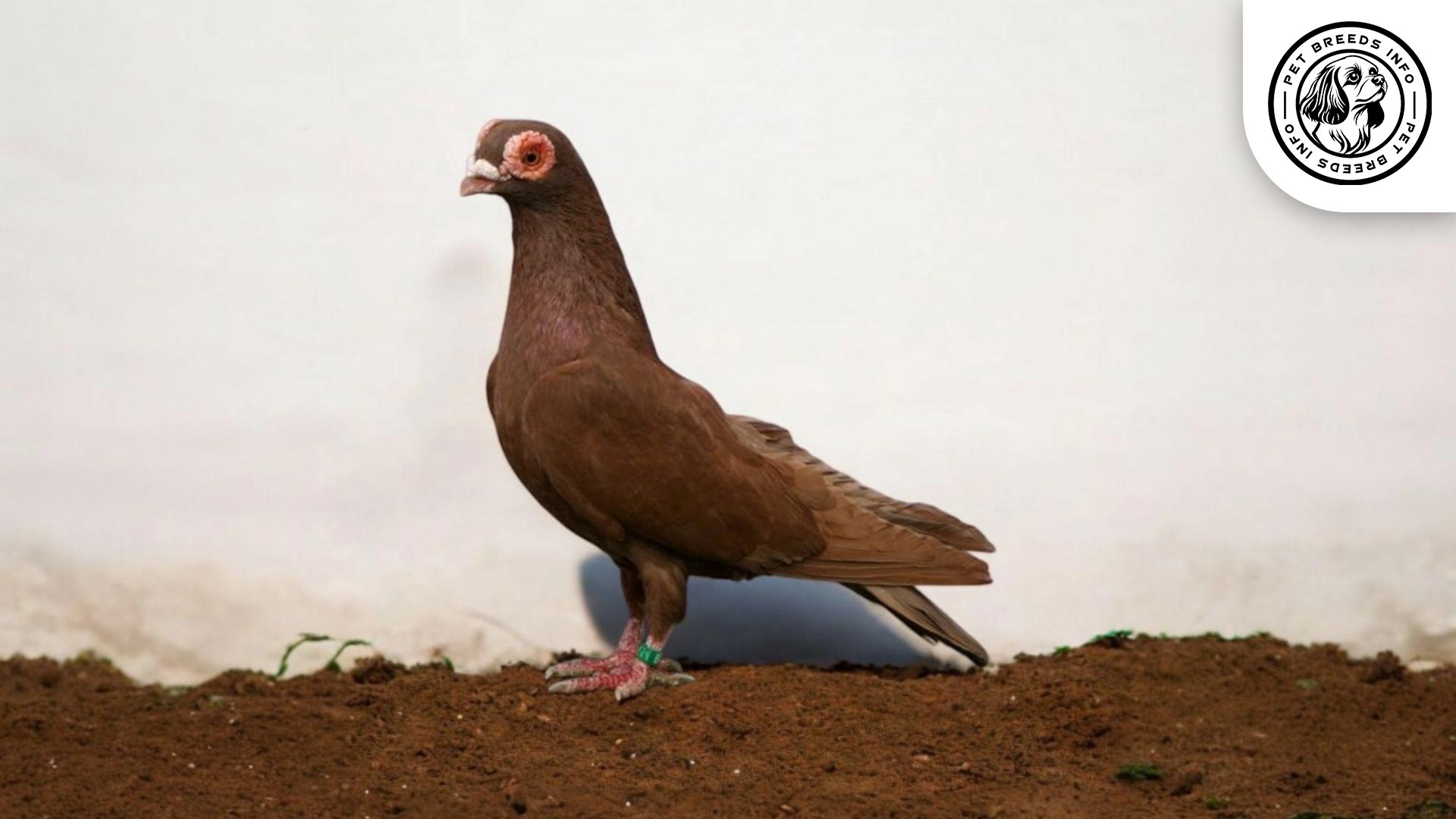
Personality and Temperament
The Barb Pigeon is known for its gentle and friendly nature. It is intelligent and can easily recognize its owner over time.
Though not a highly active breed, it enjoys regular movement and interaction. It tends to bond well with its handler and thrives in social environments where it can interact with other pigeons.
Due to its docile temperament, this breed is great for beginners and experienced pigeon keepers alike.
Care and Maintenance Requirements
Barb Pigeons require a spacious loft or aviary with proper ventilation and protection from extreme weather conditions.
They do not require excessive grooming, but regular check-ups for overgrown beak or wattles are necessary. Maintaining clean and dry surroundings helps prevent infections.
Read More: Barbary Dove
Bathing once a week allows them to keep their feathers clean. Owners should also ensure routine nail trimming if the bird does not naturally wear them down.
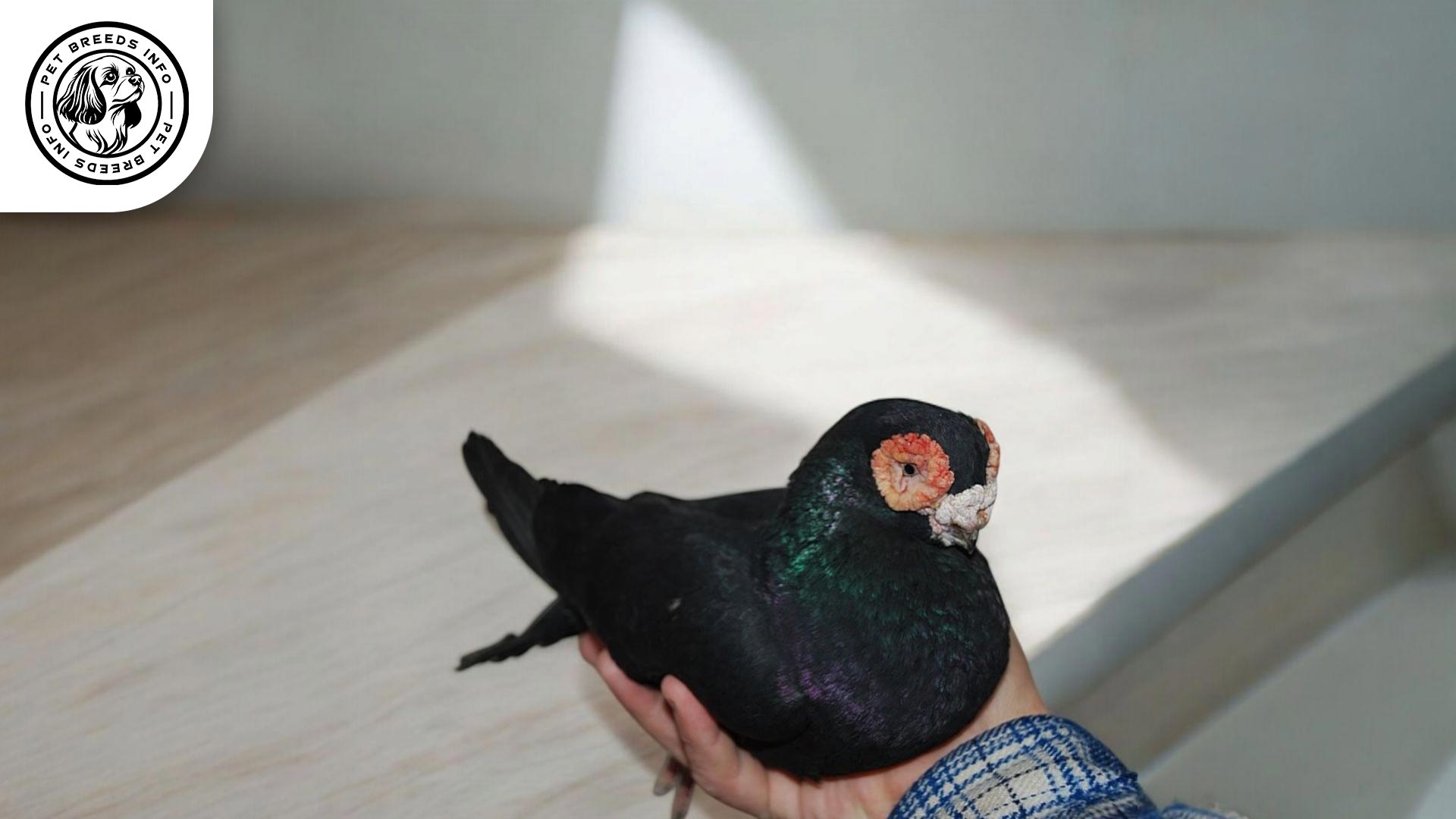
Diet and Nutrition
The Barb Pigeon thrives on a diet consisting of high-quality pigeon feed with seeds, grains, and legumes.
Include fresh greens, such as spinach or lettuce, for added vitamins and minerals. Grit and calcium supplements are recommended for proper digestion and bone health.
Avoid feeding processed, salty, or sugary foods as these can be harmful to the bird’s health.
Health and Common Medical Issues
Barb Pigeons are generally hardy but can be prone to respiratory infections, canker, and external parasites if not properly cared for.
Regular veterinary check-ups and a clean living environment help prevent diseases. Vaccinations against pigeon-specific diseases like paramyxovirus can be beneficial.
The average lifespan of a Barb Pigeon is around 7 to 10 years with proper care.
Training and Behavior Management
Barb Pigeons can be trained to recognize their keeper and return to their loft if properly conditioned.
They respond well to positive reinforcement and gentle handling. Socializing them from an early age ensures they remain calm and accustomed to human interaction.
Read More: Buff Orpington Duck
Since they are not primarily bred for homing or racing, their training requirements are minimal compared to other pigeon breeds.
Interaction with Other Animals and Humans
This breed is highly social and interacts well with both humans and other pigeons.
They are safe around children and can be handled gently without any aggression concerns.
While they can coexist with other bird breeds, they thrive best when kept with other pigeons of similar temperament.
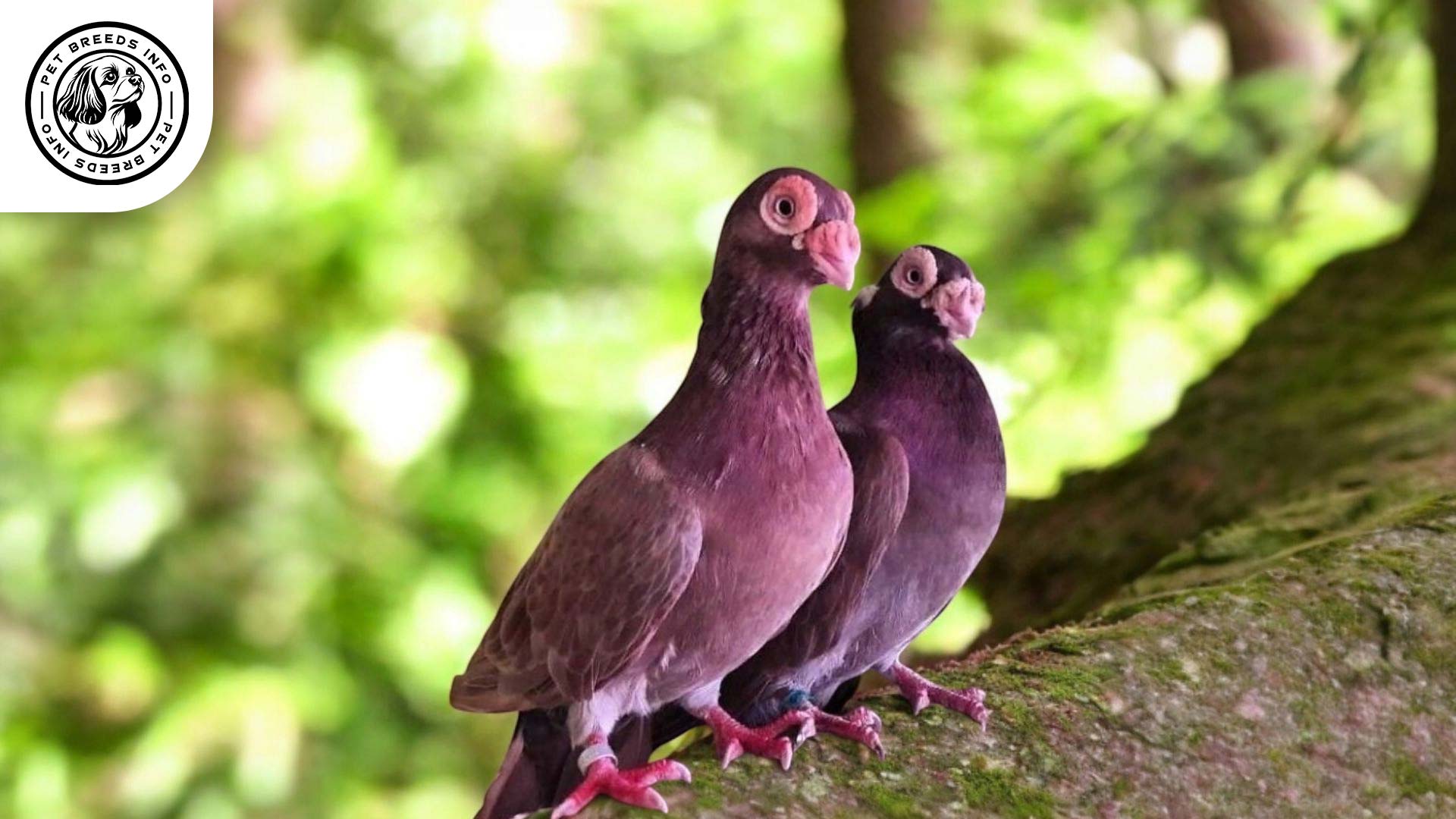
Price and Availability
The price of a Barb Pigeon can range from $50 to $200, depending on age, pedigree, and breeder reputation.
They are commonly available through specialized pigeon breeders and avian pet stores. Potential buyers should seek reputable sources to ensure they are getting a healthy bird.
Adoption from pigeon rescue organizations may also be an option for those looking to provide a home for a pigeon in need.
Conclusion and Final Thoughts
The Barb Pigeon is an excellent choice for pigeon enthusiasts due to its unique appearance, gentle temperament, and relatively low maintenance.
It is best suited for owners who can provide a spacious and clean living area with regular social interaction.
Before acquiring a Barb Pigeon, potential owners should consider the space requirements, diet needs, and time commitment necessary for proper care.
Read More: Button Quail
With proper attention and care, the Barb Pigeon can be a delightful and rewarding companion for bird lovers.
FAQ
What makes the Barb Pigeon unique?
Its distinctive short beak, large eyes, and fleshy wattle make the Barb Pigeon instantly recognizable among fancy pigeon breeds.
Are Barb Pigeons suitable for beginners?
Yes, their calm temperament and low maintenance needs make them ideal for novice pigeon keepers.
How much space does a Barb Pigeon need?
They do best in a spacious loft or aviary with good ventilation and protection from harsh weather.
What should I feed a Barb Pigeon?
A diet of pigeon seed mix, legumes, fresh greens, and calcium-rich grit supports good health and digestion.
